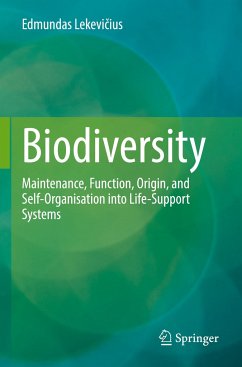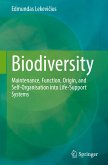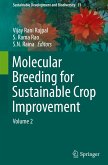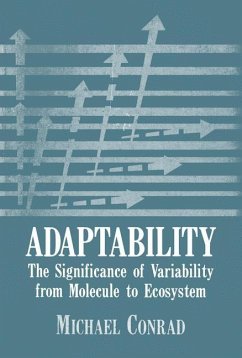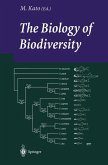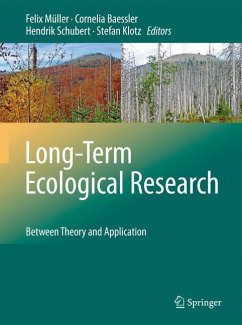Species are not functionally independent. From a long-term perspective, only ecosystem with a fully integrated nutrient cycle is alive. The lack of trophic autonomy should be considered one of the key factors that ensure and maintain biodiversity. The variability of abiotic conditions, both in space and in time, also creates a huge diversity of niches and subniches for genotypes and species. In addition, life maintains its essential variables (biomass and productivity) as stable as possible due to the diversity of structures (genes, macromolecules, metabolic pathways, genotypes, species, etc.): the structures that reach optima are multiplied and thus activated, while the functioning of those which lost their optima is suppressed.
The facts and concepts presented in this monograph thus support the conclusions that
(a) genotype and species diversity is supported by trophic specialisation
(b) biodiversity helps to stabilise the functions (essential variables) ofindividuals, populations, and ecological communities
(c) in evolution, the emergence of biodiversity is determined by heritable variation and the advantage of specialised (more effective) structures over non-specialised ones
(d) biodiversity is characterised by its ability to increase itself and to organise itself into relatively consistent structures, which we call production pyramids and nutrient cycles.
This book therefore provides an answer to the question "why the diversity of life is of such and such a nature".
The facts and concepts presented in this monograph thus support the conclusions that
(a) genotype and species diversity is supported by trophic specialisation
(b) biodiversity helps to stabilise the functions (essential variables) ofindividuals, populations, and ecological communities
(c) in evolution, the emergence of biodiversity is determined by heritable variation and the advantage of specialised (more effective) structures over non-specialised ones
(d) biodiversity is characterised by its ability to increase itself and to organise itself into relatively consistent structures, which we call production pyramids and nutrient cycles.
This book therefore provides an answer to the question "why the diversity of life is of such and such a nature".

